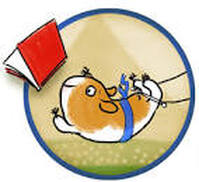 Illustrators from The Soaring 20's PB debut group have joined us to celebrate The 24 Carrot Writing Illustrator Bonanza! This tenacious and talented group has spent 2020 launching debut books in the midst of a pandemic! They share how the use art to capture just the right mood and tone in a story, how they hone their craft, and what keeps their skills fresh. Welcome to the Illustrators of The Soaring 20's! Let's start at the beginning of the illustration process. When you first receive a manuscript to illustrate or you complete your own manuscript, what is the first thing you do?
Painting When the sketch dummy was approved. It was time to once again panic paint. I painted digitally mainly because it allowed for many, many, many, more mistakes. And there were many. I started first by painting page one, then two, then three (do you notice the pattern). For me, this was a mistake. I had to back up and think stylistically how I wanted this to look with color, I needed to define my color palettes, and I had to pick (and stick) with a set of digital brushes for the book prior to painting the book. I ended up creating four digital palettes. One each for Goat Girl and Merle, one for the backgrounds, and another for supporting characters. My Photoshop document was set-up as spreads (20”x10" + bleed) in folders with sub-folders for individual pages/panels/spots. While my document was actual size, I worked at a higher than needed resolution for layout flexibility/adjustments. I also had a template layer showing my text placement for each page as I painted. Instead of painting a complete single page, I jumped through the pages by blocking in color first for Merle, then Goat Girl, then backgrounds/other characters. This allowed me to stay focused especially early one with character finishes - Ideally I would have done full character/environment studies prior to painting - Greg Barrington is the author/illustrator of COW BOY IS NOT A COWBOY (HarperCollins, October 20, 2020) Is it easier or harder to illustrate someone else’s story, versus a story you’ve written yourself?
story is that you care so much about this story you’ll want everything to be perfect, thinking that everything in this story os a reflection of your taste and ability - but the problem is perfectionism kills creativity. Small breaks and critique groups can help during those moments of self-doubt. Though the reward of publishing my very own story makes it all worth it! - Isabella Kung is the author/illustrator of No Fuzzball! (Orchard Books, August 4, 2020)
What does the revision process look like for an illustrator?
When you are not working on an assignment, what do you do to grow your craft/art?
Watch webinars I have probably learned the most about the craft of writing/illustrating picture books from webinars—particularly the ones offered by StorytellerAcademy.com and from regional SCBWI chapters. I’ve had the opportunity to learn from top-notch authors/illustrators, art directors, editors, and agents all from the comfort of my own home and for a relatively low cost. I find they often give me the confidence and/or inspiration to go just a little bit outside my comfort zone and try out new story structures, formats or techniques. - Abi Cushman is the author/illustrator of SOAKED (Viking Books for Young Readers, July 14, 2020)  To learn more about The Soaring 20's Picture Book group please visit them here.
1 Comment
|
Peruse blogs for advice and tips from KidLit creatives.
Categories
All
Archives
April 2024
Click to set custom HTML
Click on the RSS Feed button above to receive notifications of new posts on this blog.
|

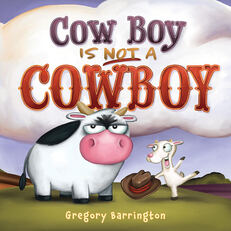

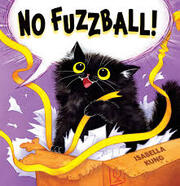

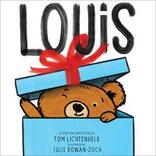

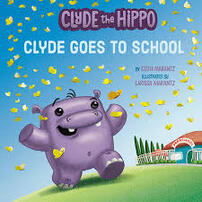
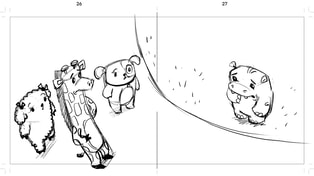
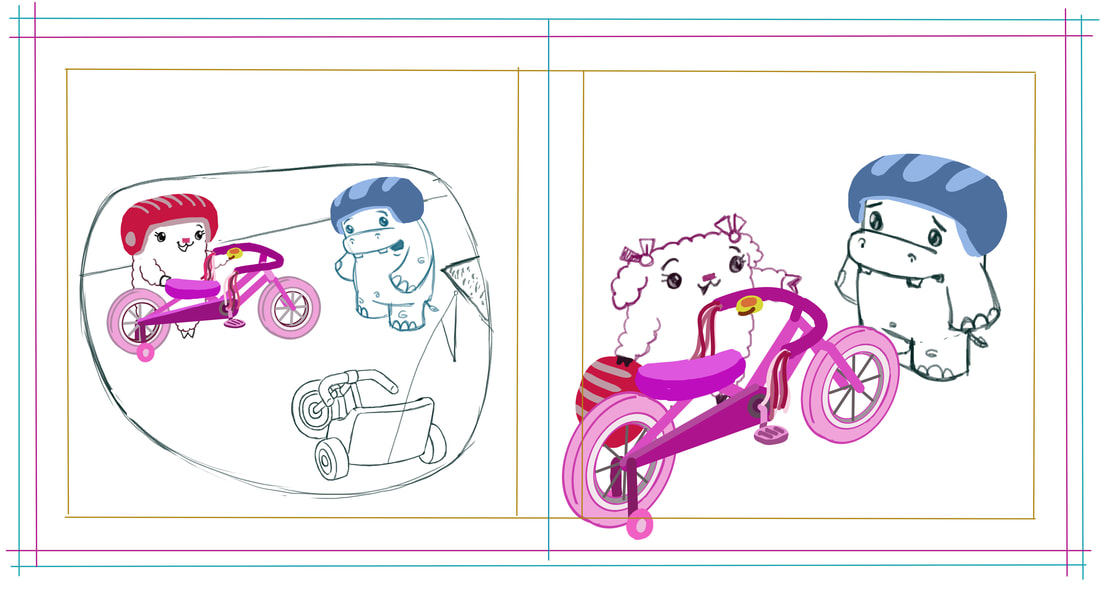
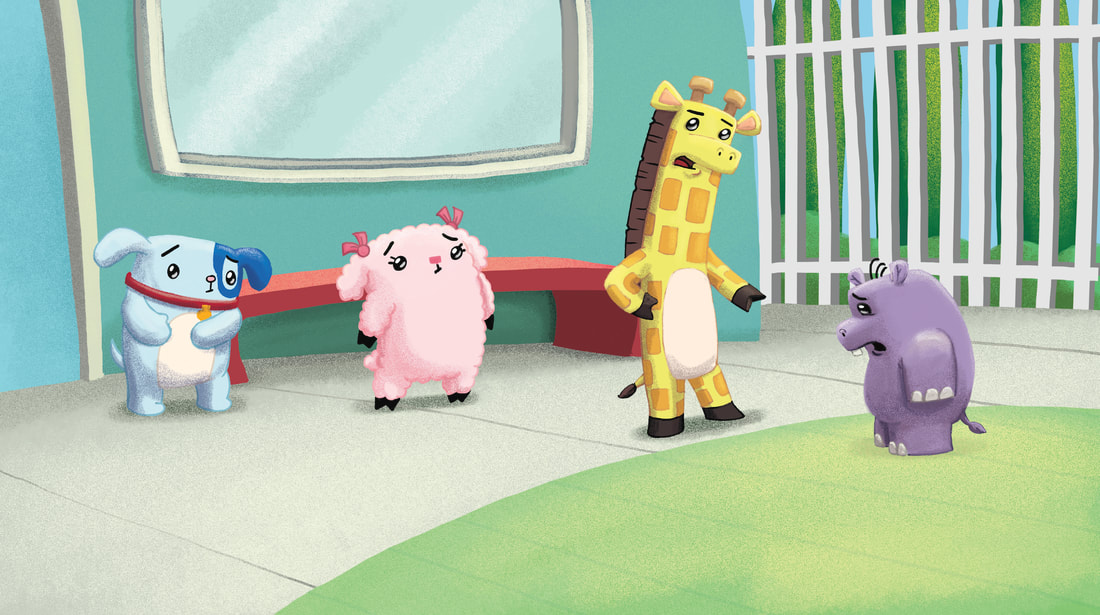
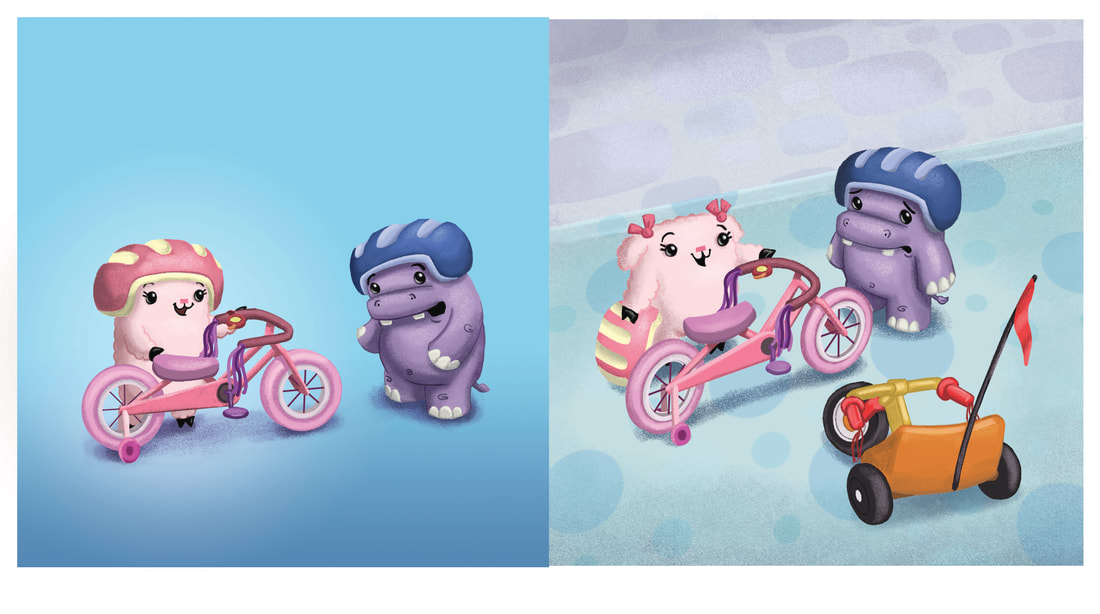

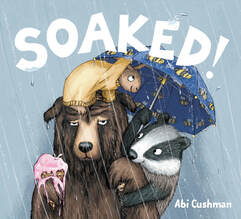
 RSS Feed
RSS Feed